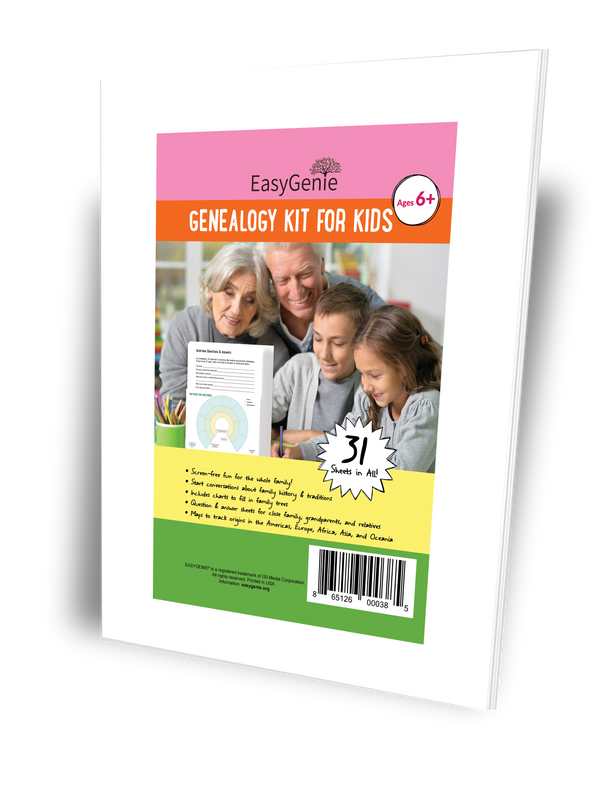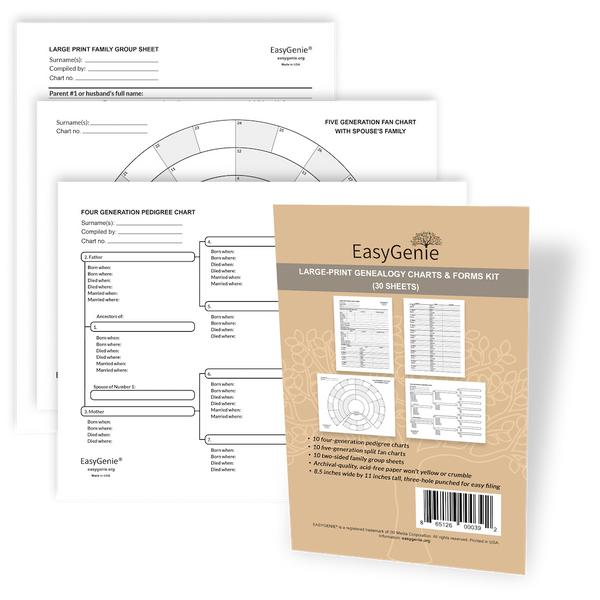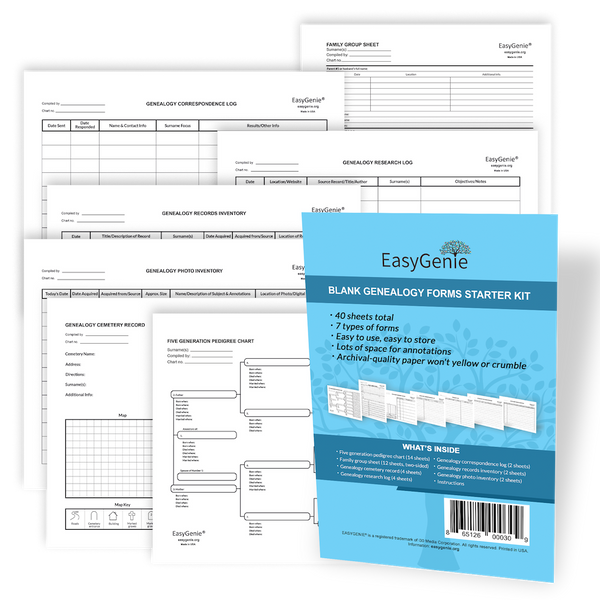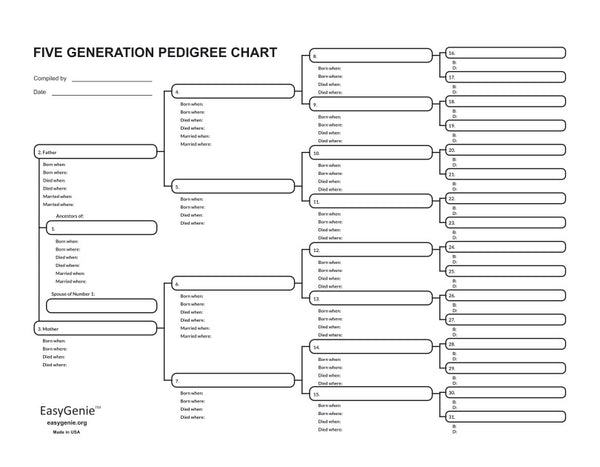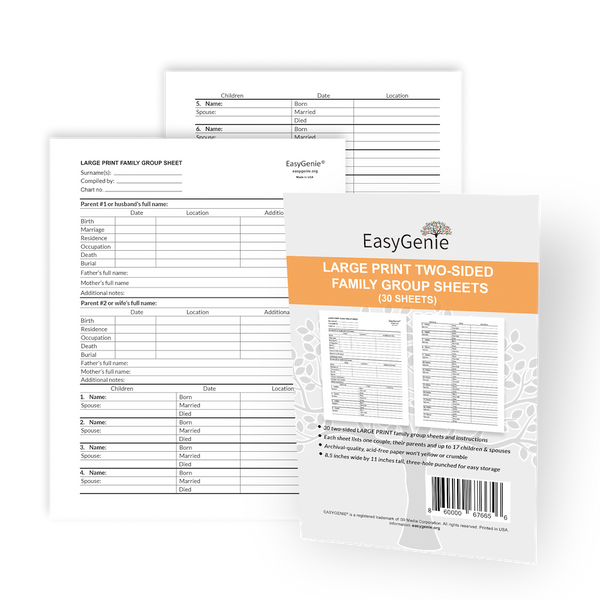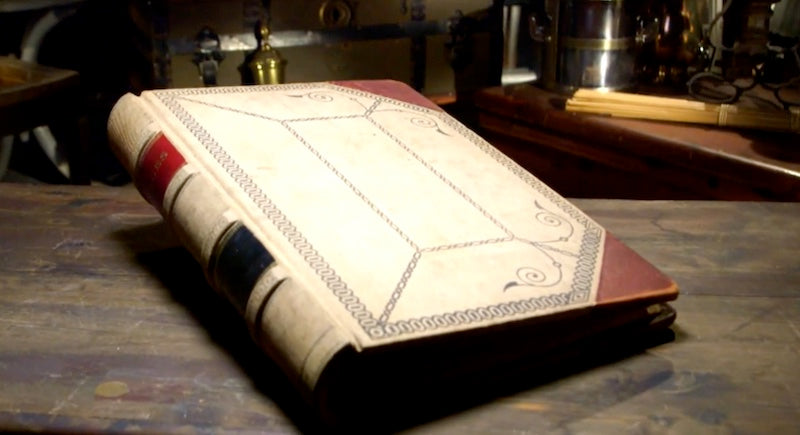
Legacy List: Do we still need paper genealogy records?
Ian LamontNicole and I recently watched a rerun of Legacy List, the PBS show in which Boomers downsizing their homes seek out a handful of family treasures to save. It's our second-most favorite genealogy TV show after Finding Your Roots.
Season 1 Episode 4 of Legacy List (watch the video here) focuses on the Day family, who have continuously lived in the same New Jersey neighborhood for 150 years. One of the items the Legacy List team uncovers is an ancient scrapbook:

Many of the parchment and paper documents date to before the Revolutionary War. They include deeds from the late 1600s as well as a fragment of a will from the 1700s:

Some of the older paper records are in an extremely fragile state. But, at least they exist. And someone (or several generations of someones) recognized their value to the family's story. As noted by the Legacy List narrator:
"Paper that's manufactured might last only 50 years. But then do we still need paper? So long as we value our past, the answer is yes."
I literally cheered when I heard that, as Nicole can confirm. We've been saying it for years: Paper genealogy forms and genealogy PDF printouts are perfect for recording core data and research notes that you can refer to for decades to come, pass down to the next generation, or share with relatives who do not have access to Ancestry or other types of genealogy apps.
Our descendants not be able to access research stored on our iPhones or PCs, or locked away on the servers of a private, for-profit genealogy services that may not even exist in 20 or 30 years. Ancestry has destroyed people's archives when it decided it was no longer profitable or important enough to keep them.
Keep in mind that acid-free paper (which EasyGenie uses exclusively) can last longer than 50 years. Quoting the Library of Congress, "good quality paper stored in good conditions (cooler temperatures; 30-40% relative humidity) are able to last a long time - even hundreds of years."


